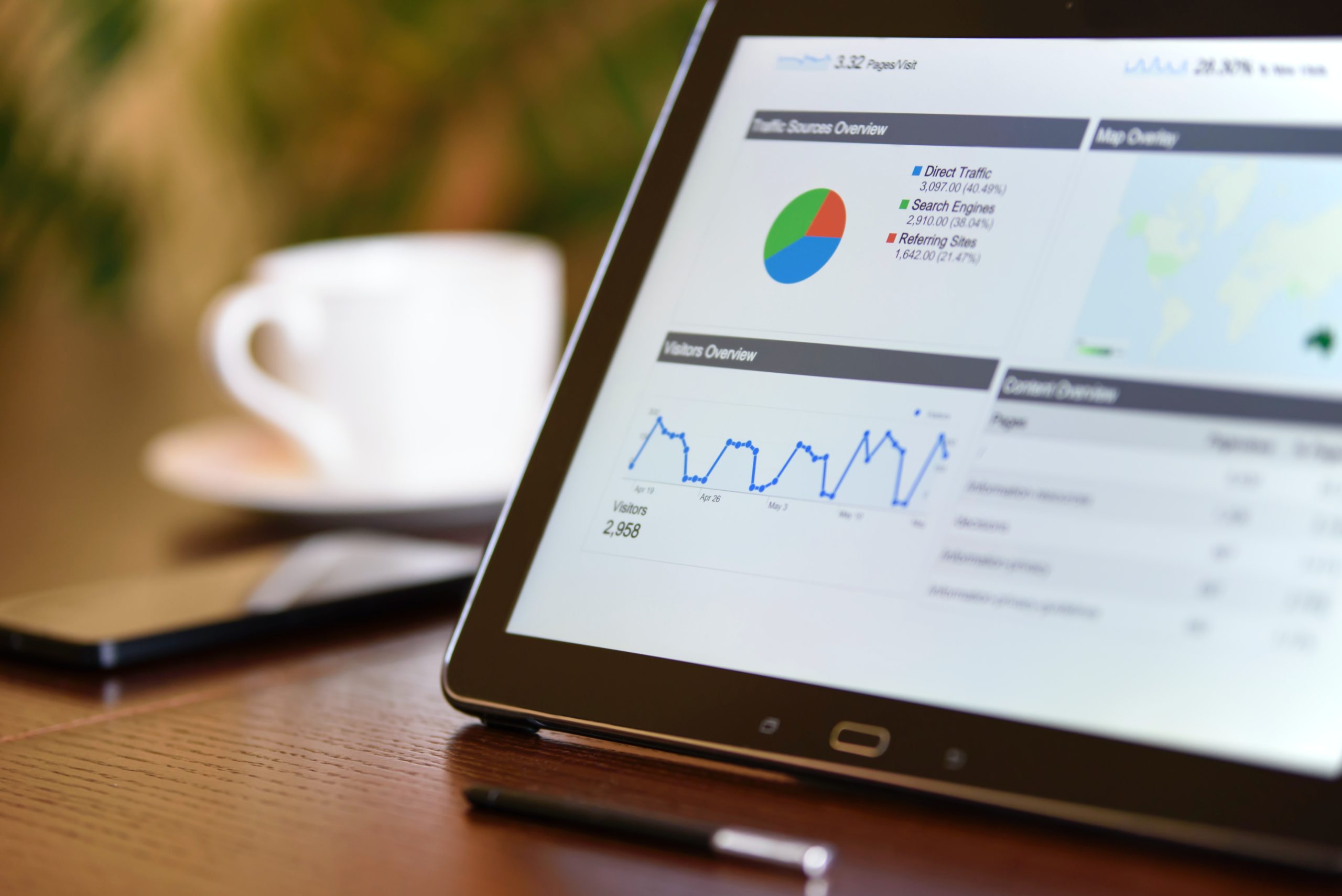If you’re starting a new business, one of the first things you’ll need to do is set up an accounting system. This can seem like a daunting task, but it doesn’t have to be.
Let’s walk through what’s involved with setting up an accounting system for a new company and break down some tips on how to make the process as easy and as painless as possible.
Choose what type of accounting system you’re going to use
There are several different types of accounting systems that companies use to track their financial activity. The most common system is accrual basis accounting, which records transactions when they occur regardless of when the money is exchanged. This method provides a more accurate picture of a company’s financial health, as it captures all revenue and expenses. However, it can also be more complicated to maintain, as it requires businesses to track receivables and payables.
The cash basis accounting system is simpler, as it only records transactions when money changes hands. This method is often used by small businesses since it is easier to keep track of. However, it can provide a less accurate picture of a company’s financial activity, because it does not capture revenue until it is received.
Businesses that operate on a global scale often use a hybrid system, which combines aspects of both the accrual and cash methods. This approach provides a more comprehensive view of a company’s finances, while still keeping track of cash flow. Ultimately, the type of accounting system that a business uses depends on its size and complexity.
Keep Reading: When do you need a CFO and why?
Identify which accounting system your company is going to use
When starting a new company, there are many important decisions to make. One of the most important is choosing an accounting system. This system will track the financial transactions of the business, so it is essential to choose one that is well-suited to the company’s needs. There are a few factors to consider when making this decision.
First, what type of business is being started? This will determine the types of transactions that need to be tracked.
Second, how large is the company? A large company will need a more robust accounting system than a small one.
Finally, what is the budget for the accounting system? There are many high-quality accounting systems on the market, but they can vary widely in price.
By taking all of these factors into account, it will be possible to choose an accounting system that is a perfect fit for the new company.
Keep Reading: How does a CFO influence strategic decisions?
Set up the accounting system
There are many different ways to set up an accounting system, but there are a few key elements that you should always include.
As mentioned previously, you first need to have a way to track your revenue and expenses. Which system are you going to use? This can be done with a simple ledger or by using software like QuickBooks. Make sure that you have a system in place so that you can easily see how much money is coming in, and where it is going out.
Second, you need to establish a budget. This will help you prioritize your spending, and make sure that you do not overspend. Try to break down your budget into categories, so that you can easily see where your money is going each month.
Finally, you need to regularly review your accounting system. This will help you catch any mistakes, and make sure that your finances are on track. Make sure to set aside some time each month to go over your financial statements, and look for any areas where you can improve. By taking these steps, you can be sure that your new company has a solid accounting system in place.
Keep Reading: Everything you need to know about CFO rates and fees
Start recording transactions in the accounting system
Assuming that you have already chosen the accounting software you would like to use for your business, there are a few steps you need to take to get started recording transactions.
First, you will need to set up your chart of accounts. This is where you will list out all of the different categories of expenses and income that you want to track. Once your chart of accounts is set up, you can begin adding transactions.
For each transaction, you will need to specify the date, the amount, and which account it should be applied to. You can also add additional details such as a description or reference number. Once you have entered all of the relevant information, simply save the transaction and it will be recorded in your software. As you continue to add more transactions, your software will provide you with valuable insights into your business’s financial health.
Prepare financial statements from the accounting system data
An important part of any business is understanding its financial situation. This information can be used to make decisions about where to allocate resources and how to move forward. One way to obtain this information is by preparing financial statements.
Financial statements are a summary of a company’s financial position, performance, and cash flow. They are typically prepared using data from the accounting system. The first step in preparing financial statements is to gather the relevant data from the accounting system. This data includes information such as revenue, expenses, and asset values.
Once the data has been gathered, it must be organized and analyzed. The analysis will help to identify trends and understand the financial situation of the company. After the analysis has been completed, the financial statements can be prepared. These statements will provide valuable information about the financial health of the company.
Keep Reading: Top virtual CFO packages


